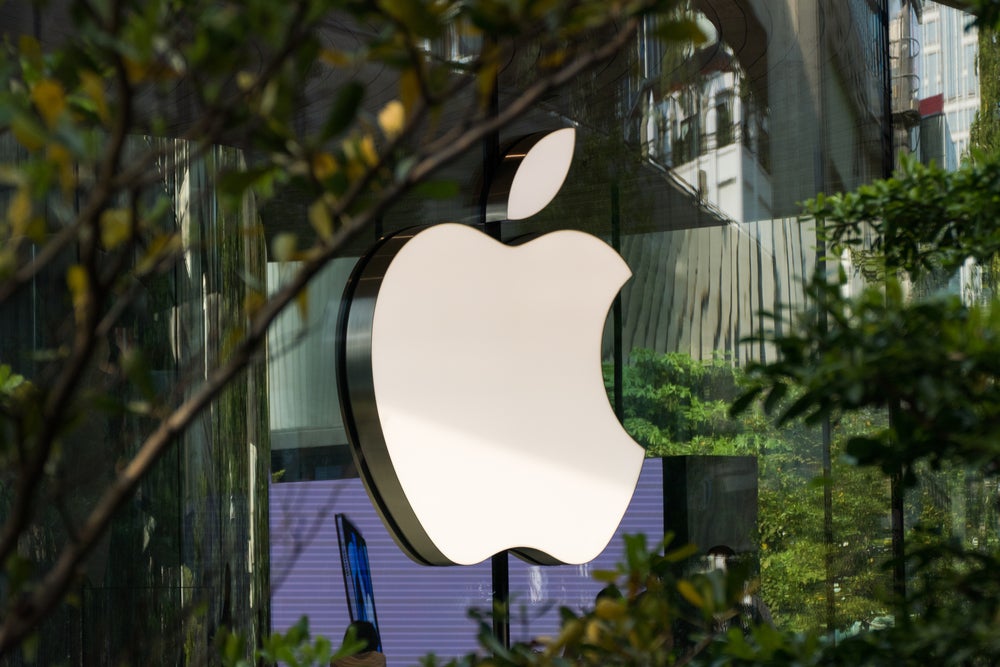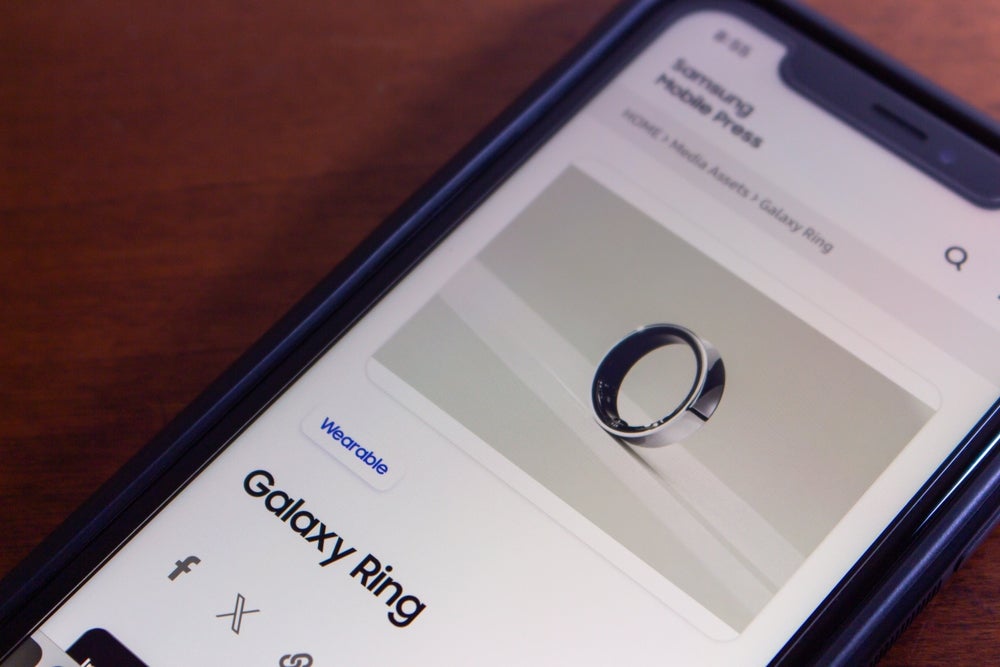Apple made big changes to its iPhone 15 series in 2023.
For the first time in over 10 years, the iPhone will get an updated charging port, replacing the lightning port with the universally used USB-C.
However, if not for the EU’s landmark Digital Markets Act (DMA), the company would have opted to continue using the lightning port for the foreseeable future. In short, and among other things, the ruling mandates that all small to medium-sized electronic portable devices adopt a USB-C port.
The vast majority of small to medium-sized electronic devices globally already come with a USB-C port, so why did Apple refuse to incorporate that into its iPhones until now?
The answer is additional revenue. The lightning connector is Apple’s propriety technology, meaning that accessory makers selling lightning cables would pay Apple licensing fees. How much licensing revenue Apple earns from the lightning cables is hard to pin down precisely, but it is safe to say it is not an unsubstantial amount.
Some argue that Apple maintained the lightning port as a lever to make it harder for iPhone users to switch to an Android smartphone, as the majority, if not all, use USB-C. This argument doesn’t hold much water. Most, if not all, Android smartphones come with a USB-C cable included. Supposing a consumer needed to buy a USB-C cable and/or a charging brick, Amazon sells both for under $20 combined.
How well do you really know your competitors?
Access the most comprehensive Company Profiles on the market, powered by GlobalData. Save hours of research. Gain competitive edge.

Thank you!
Your download email will arrive shortly
Not ready to buy yet? Download a free sample
We are confident about the unique quality of our Company Profiles. However, we want you to make the most beneficial decision for your business, so we offer a free sample that you can download by submitting the below form
By GlobalDataThe titanium factor
Another key change pertains to the iPhone 15 Pro model’s composition. These iPhones will feature a titanium enclosure, marking a move away from the stainless-steel casing first introduced on the iPhone X in 2017.
Titanium has several advantages over stainless steel, such as being significantly more durable and lighter. It is already used on the Apple Watch Ultra and Ultra 2. While it is true that no other smartphone currently available on the market offers a titanium enclosure, making Apple the only smartphone OEM to do so, it is not true that it is the first. Both the Essential Phone and Xiaomi Mi Mix Alpha used to offer titanium in their enclosures, but both were discontinued.
Apple and sustainability
The advantages offered by titanium will certainly please consumers, but it will also improve Apple’s sustainability standing as more durability means less damaged iPhones, which means less resources and parts needed to repair or replace.
Apple’s keynote was chock full of sustainability talking points. From committing to removing all plastic from packaging by the end of 2024 and all Apple devices having a net-zero climate impact by 2030 to using 100% recycled cobalt in the batteries of all devices announced in the keynote.
Furthermore, the company claims that its iPhone 15 Pro models are more repairable, owing to the back slab being easier to replace. This is very positive for the right-to-repair movement, which Apple had been notorious for lobbying against until the very recent and drastic change of heart in which Apple expressed support for California (US) legislation SB 244 – a right-to-repair bill that would make available the means for consumers to repair their devices on fair and reasonable terms.
Apple has not publicly explained the reasoning behind its decision, but it’s likely the company did not want to continue being seen to fight the right-to-repair movement as it gained traction and support throughout several states across the US for fear of discrediting its public image.









Related Company Profiles
Apple Inc